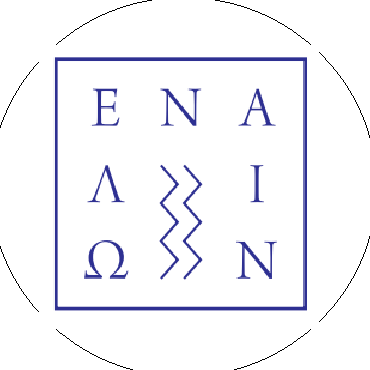Seismic refraction tomography and multichannel analysis of surface waves for imaging offshore Cultural Heritage in very shallow water: Results from a synthetic study and real data
In archaeology, applied geophysics helps to discover new findings of our hidden cultural heritage. However, these methods have been particularly developed in terrestrial environments, leaving the shallow marine ones almost unexplored. This paper examines the effectiveness of Multichannel Analysis of Surface Waves MASW and Seismic Refraction Tomography SRT οn imaging submerged and buried antiquities in a very shallow marine environment.







